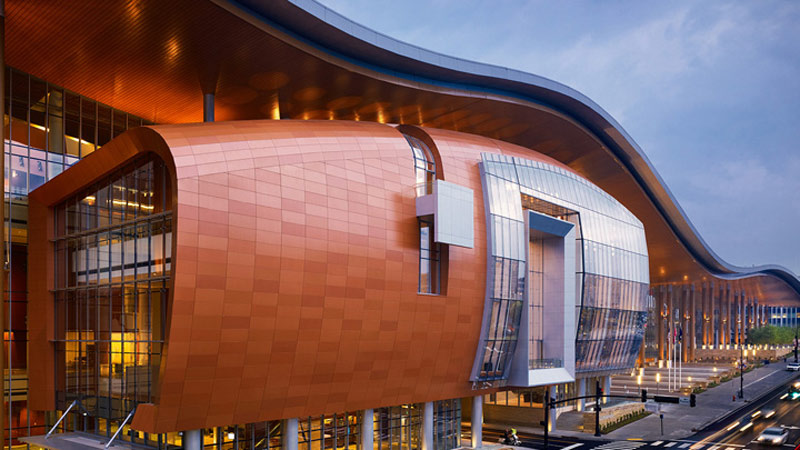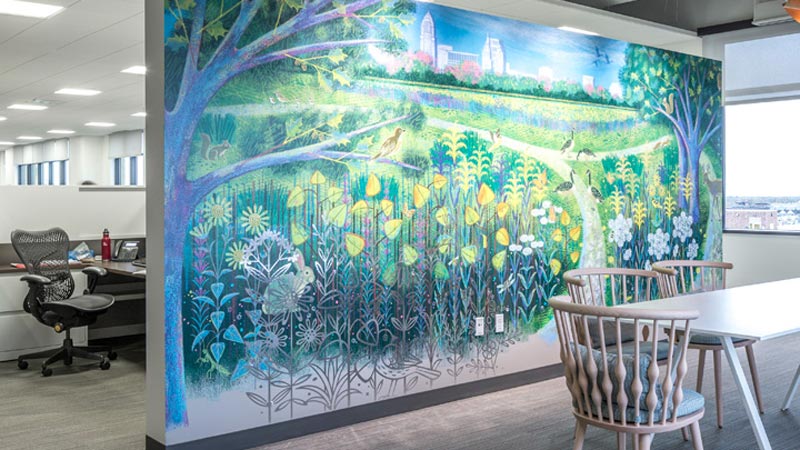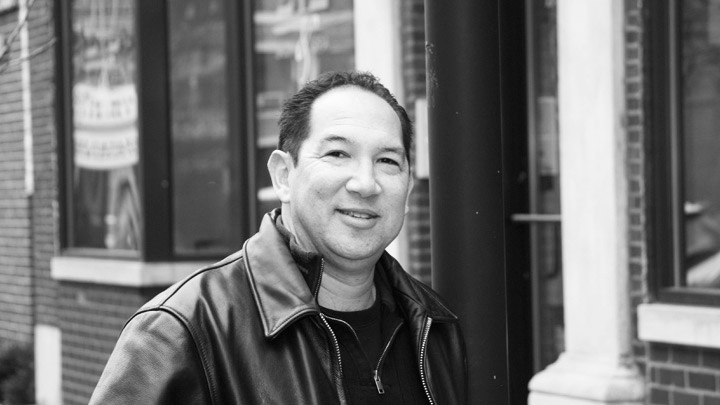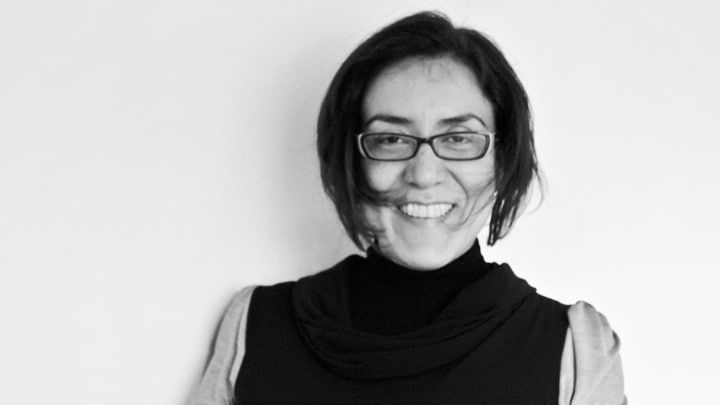Associations nurture a community. That community provides education, camaraderie and advancement in
the field.”
Interview by Nick Bleeker and Chere Griffin

What led to your career in lighting design?
As a child, I wanted to be an architect, and spent hours building cities with my toys. Changing, building and conceiving things really drove me, and this continued as I became involved in theater. There, I was fascinated with the interaction of the human experience, which in many ways could be very ethereal and disconnected. I was involved in theatre at George Washington University, where part of the scope was to oversee the lighting and make sure it was prepped. I loved it; breaking it down to a concept, a design development and then implementation. I was fortunate that Candace Kling offered me an internship at her firm; I continued designing there through college.
How do you tell a story through light?
For hotel properties, and especially resorts, we tell a narrative of escape and fantasy, which has to be comfortable and spectacular at the same time. For example, when we develop a dimming scene for a restaurant or a hotel lobby, it’s not a quick fade at sunset. It’s balancing what the lighting is doing and fading over a half-hour period to be unnoticeable to the guest. You design light so it’s smooth and seamless. Honestly, it was easy when things were two wires and a dumb filament. Things dimmed predictably; they were wired predictably. As our profession depends more on digital technology, we’ve learned a lot about how dimmers react, how new light sources perform in their lowest dim level or, from an optical perspective, how stark or tight a beam is versus a diffused beam.
Why is it important for you to be involved in lighting design associations?
Associations nurture a community. That community provides education, camaraderie and advancement in the field. This includes the scope of services we, as lighting designers, offer, developing a strong voice as a group when it comes to regulations, and learning from colleagues. We are growing up as an industry and part of that growth is self-reflection and taking ownership for our professional services from documentation to project responsibilities. We need to push for early involvement in the design planning stages, so that we can properly execute projects, influence daylighting conversations, and truly integrate lighting with the overall design process. finish decisions, or building orientation.



Sandeep Jha
Pioneers of Light, Signify, interview, Sandeep Jha, designer, architect.

Peter Hugh
Peter Hugh was a lighting design leader before taking the bold step of opening his own lighting design firm eighteen years ago.

Paulina Villalobos
Lighting designer Paulina Villalobos has a particular interest in how to light our cities so as not to destroy our relationship with the night and the stars